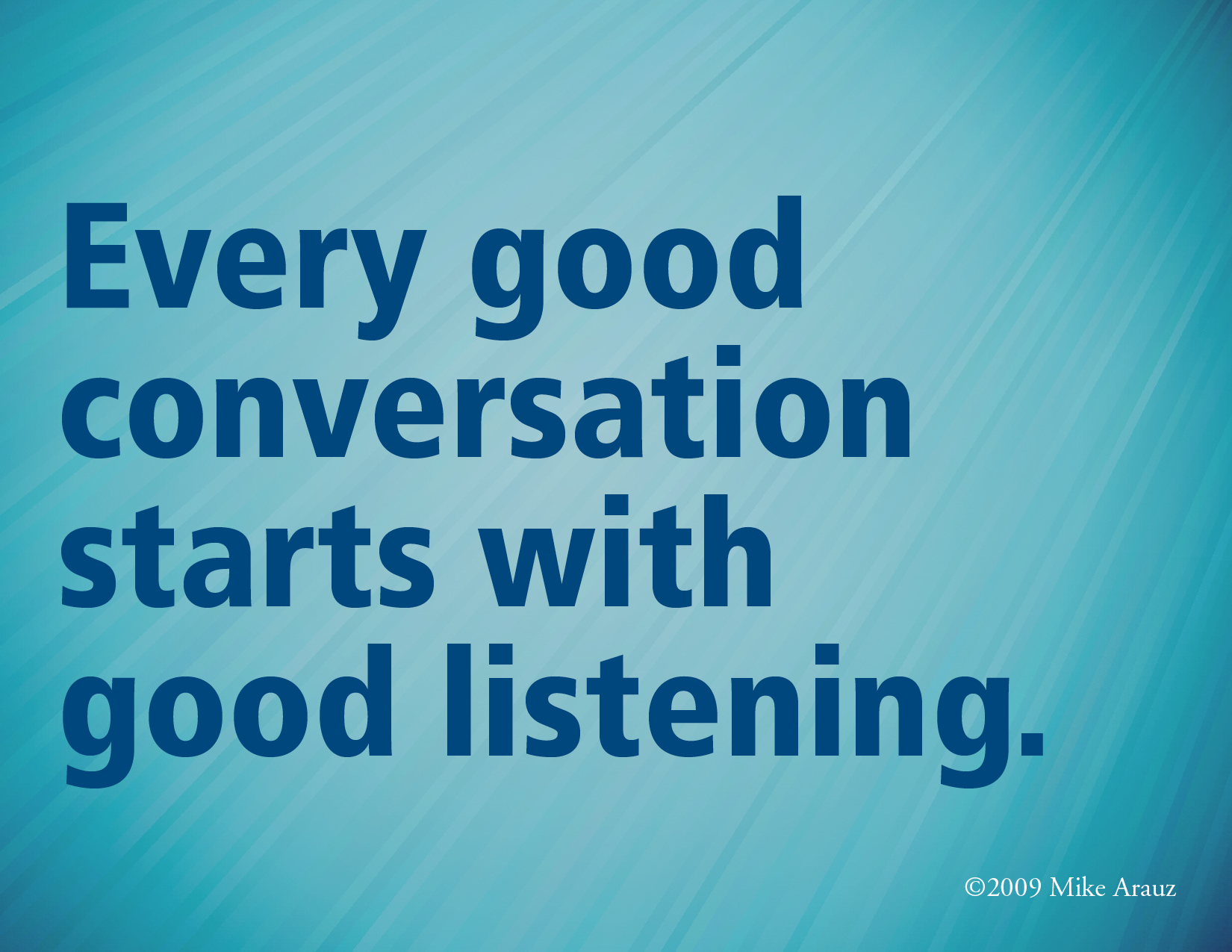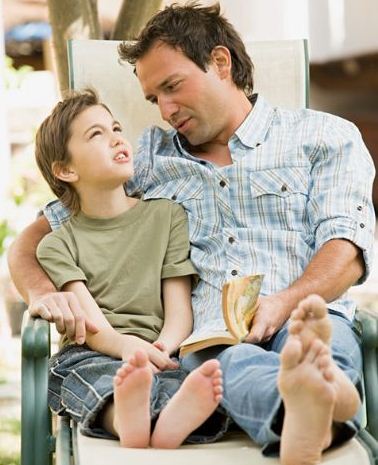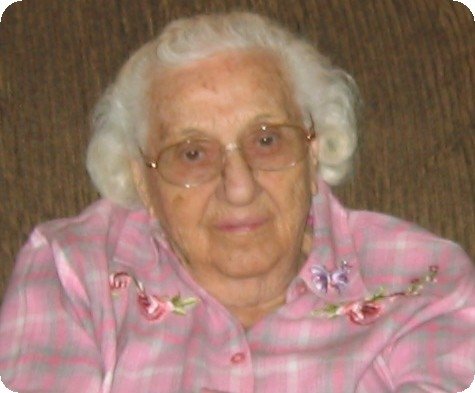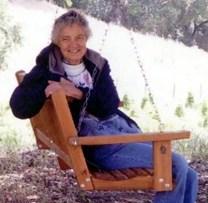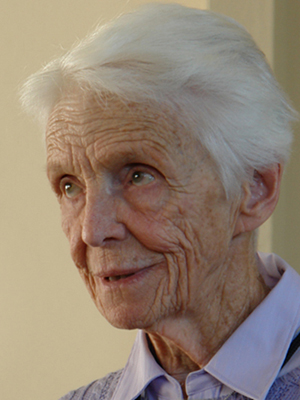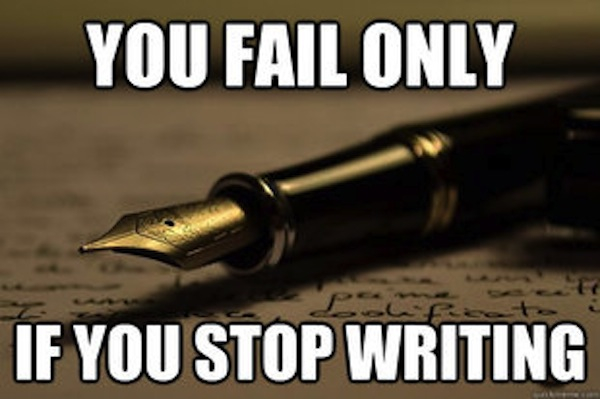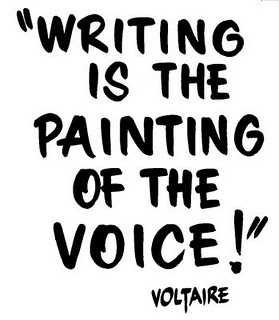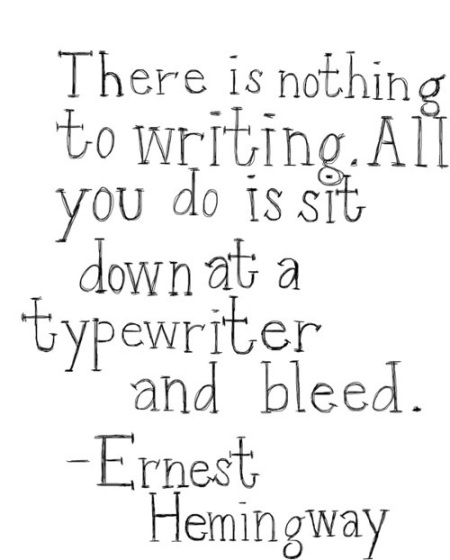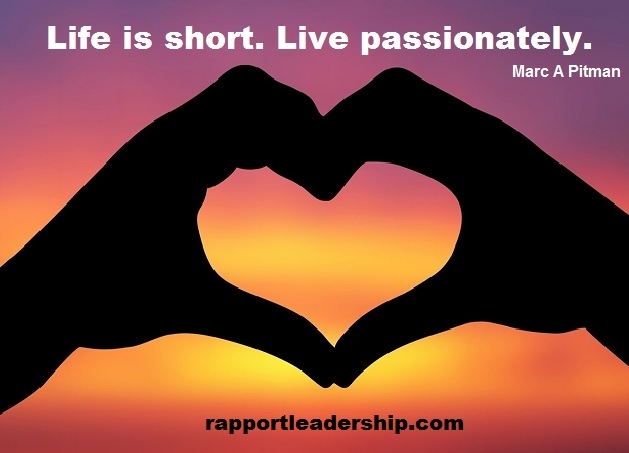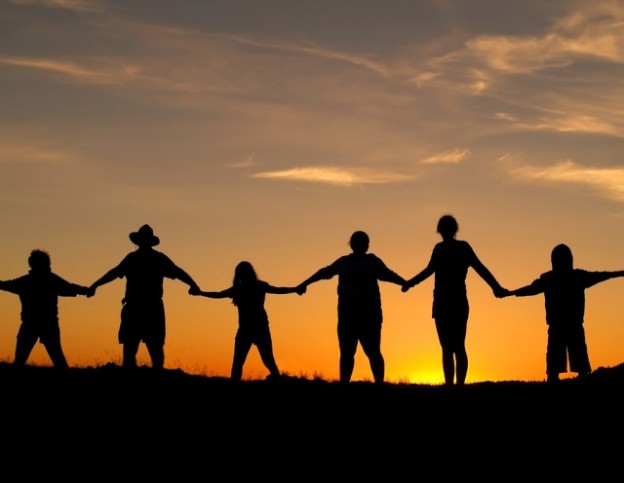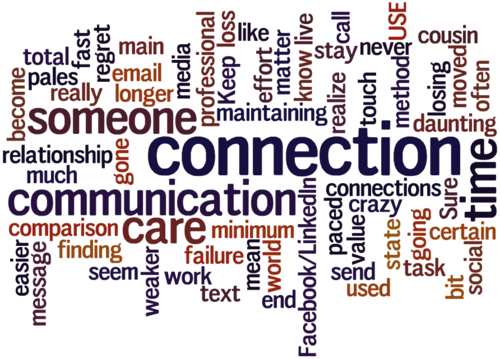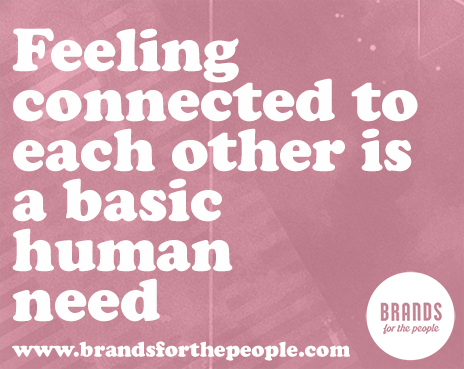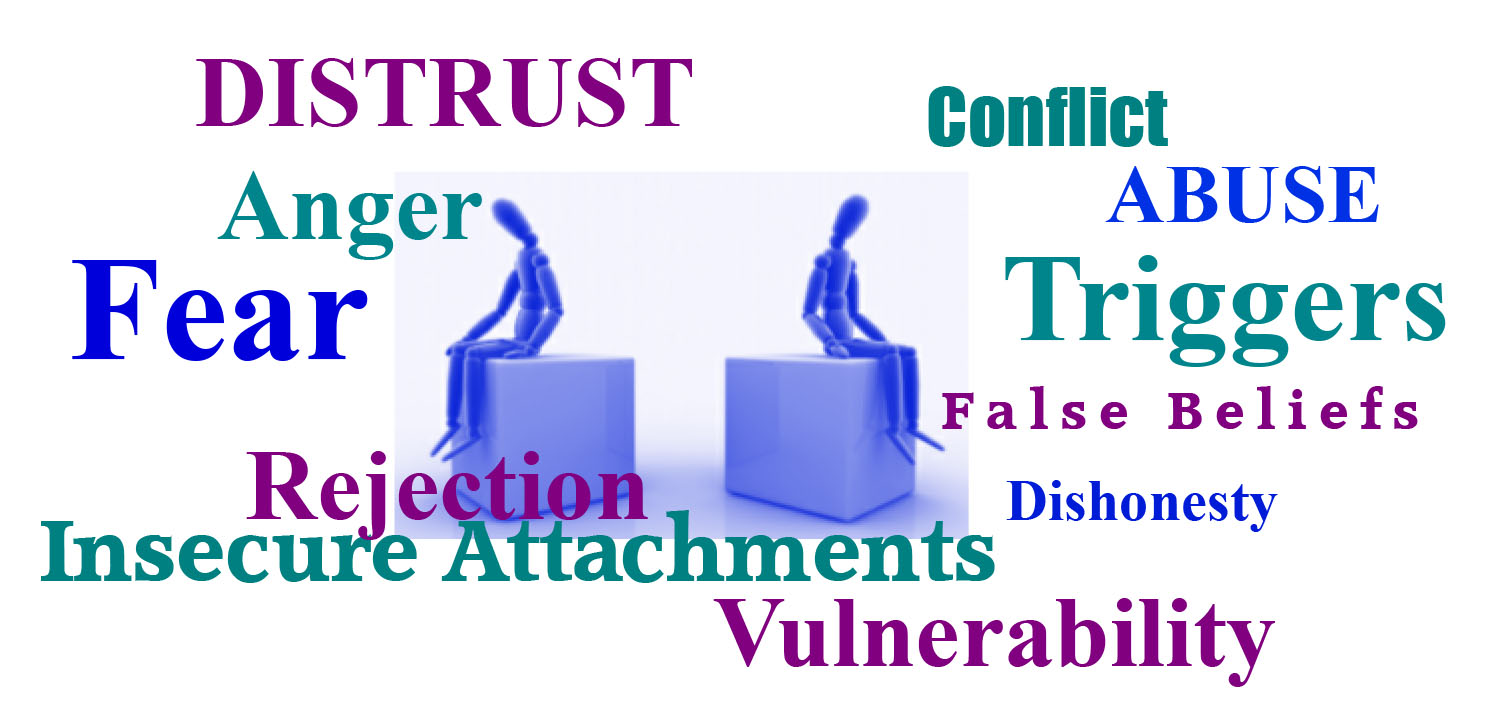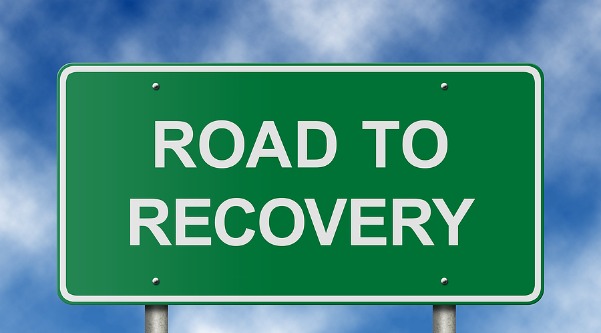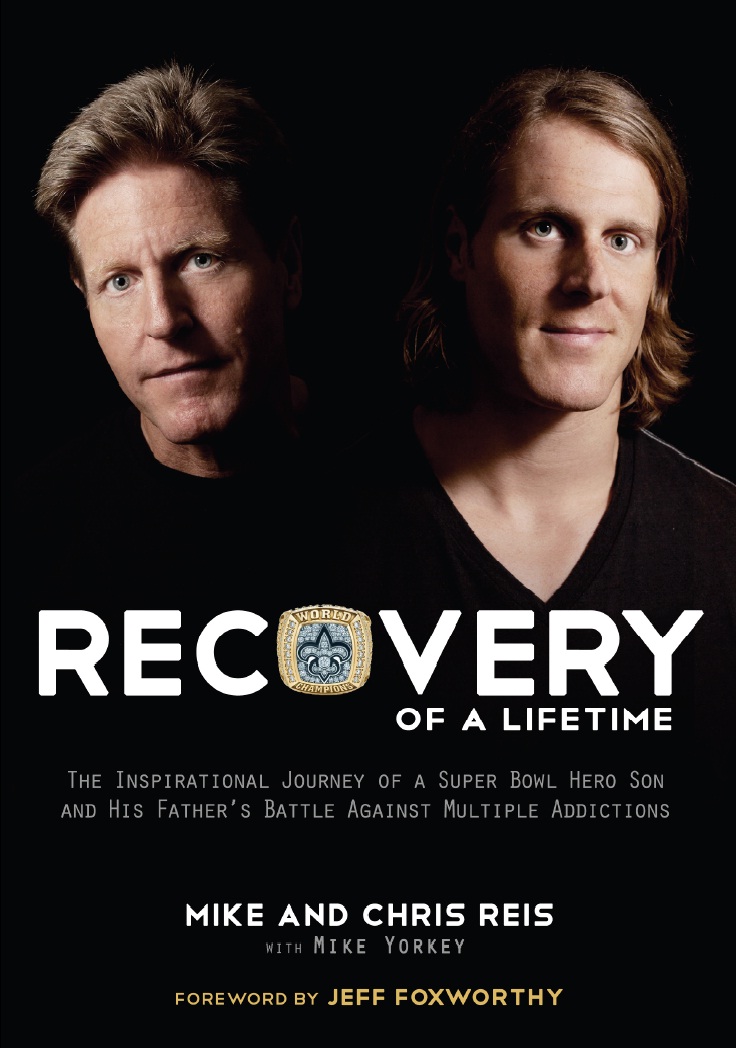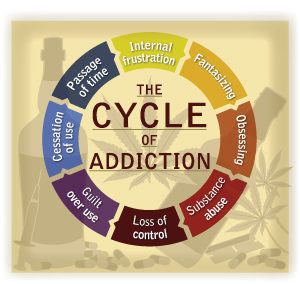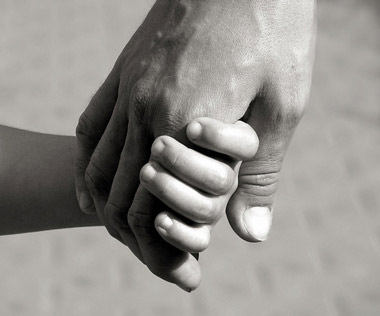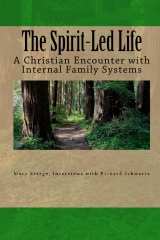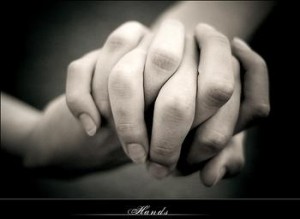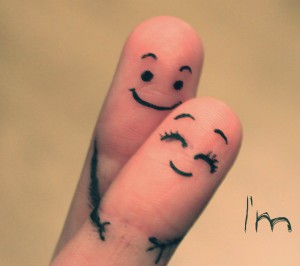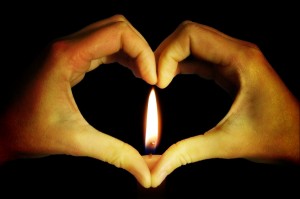Part 1- Why is Listening So Difficult?
Have you ever felt a deep need to be heard, understood, and accepted in the midst of something really difficult in your life? If you have, you are a normal part of the human race! You were made with the desire to be known- to be seen and heard and understood. It does something for the soul, and also for your brain, to have someone deeply attune with your thoughts, needs, and feelings. Unfortunately, this kind of listening is becoming a lost art.
Listening is more than hearing someone’s words. It is hearing the messages behind them. It is as if someone is standing in your shoes, looking at the world through your eyes. They GET it.
You don’t have to agree with someone to listen to them. Listening is NOT condoning, persuading, debating or judging. It is being with someone in the deep places of their soul. It is valuing them and treating them with the utmost of respect. It is seeing them as God sees them, as precious and impaired, beautiful and broken, and holding great value.
When people teach communication they often focus on how to SAY what you really mean in a way that others are able to hear. Something that is not often taught is how to listen to someone’s words that goes beyond a mere comprehension of their ideas. Communicating your thoughts, needs and feelings effectively is only half the job of personal communication. It is just as important to understand the messages that others’ words hold. Learning how to be fully present and attune to another person holds great power. It is nothing less than the power to bring life.
Without the skill of deep listening, creating secure relational attachments is a nearly impossible task. Apart from being seen, heard, understood and accepted, you feel alone in the world. This sense of isolation makes physical or emotional pain almost intolerable. When you know that you are not alone in the midst of suffering, your capacity to suffer well is greatly increased. Listening well to each other is the foundation for growing joyful connections.
So, if you know how important listening is and what amazing power your listening skills have to bring secure attachments, increased capacity, and grow your joy, why can it be such a difficult thing to do?
There are 3 categories for the reasons that people do not listen. First, people have not been sufficiently taught how to listen. Second, people are listening to their own inner fears more than to the person who is speaking. Third, people are distracted.
Training in communication skills often focusses on how to be heard and understood. There are few models in our day that actually teach others to listen well. Look at most of our local and national leaders and watch the lack of listening skills displayed. The truth is that we would rather talk than listen. Watch this humorous sketch and consider whether you can relate to the lack of attunement by people you know. www.youtube.com/watch?v=6TeOGJP5vGA
People want to be heard. They want to be known. But they have trouble hearing and knowing another because they also want to be right. They are afraid of being rejected or misunderstood. They judge before they fully see another’s heart. Their fear of being wrong, being led astray, of being deserted and discarded keeps them from setting aside their own feelings and connecting deeply with others. Ultimately, they are afraid of intimacy.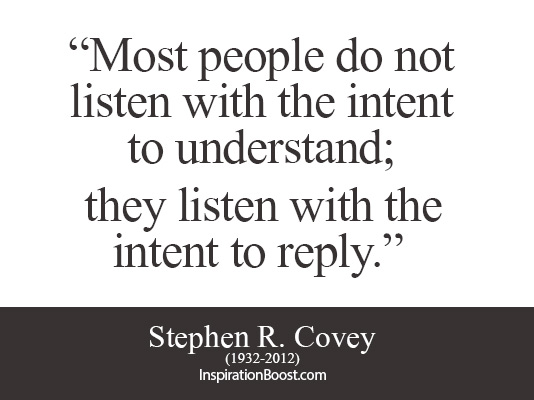
In this age of preoccupation with technology people also fight the demon of distraction. Though they have friends and likes and followers online, they experience a dearth of real life connection. In The Innovation of Loneliness (https://vimeo.com/70534716) Shimi Cohen says that instead of building personal relationships people are obsessed with endless personal promotion, managing their public persona. What better way to get their thoughts and opinions out without bothering themselves with truly listening to others. Then, when someone is actually in front of them, they pick up their phone, turn on the television, or open up their laptop. Multitasking and preoccupation with their screens keeps most people from letting others get within arm’s reach of their hearts.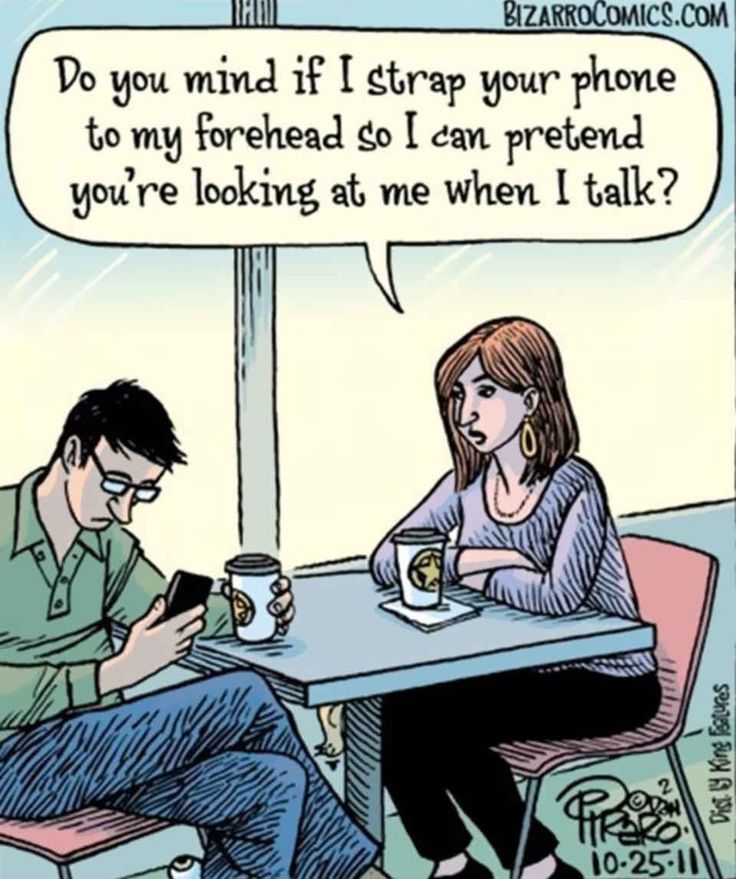
Listening requires vulnerability. To set aside one’s own ideas, agenda, need to be right, and desire to prematurely judge is a sacrificial act. Putting down their screens and looking another eye to eye can be scary. Connecting with someone else’s feelings is a gift you can give that will bring them life. It is a skill worth learning and practicing. It is really not complicated, but neither is it easy.
Next in the series on Listening to Create Joyful Attachments will be Listening to Ourselves: How to Quiet Ourselves to Listen to Others
